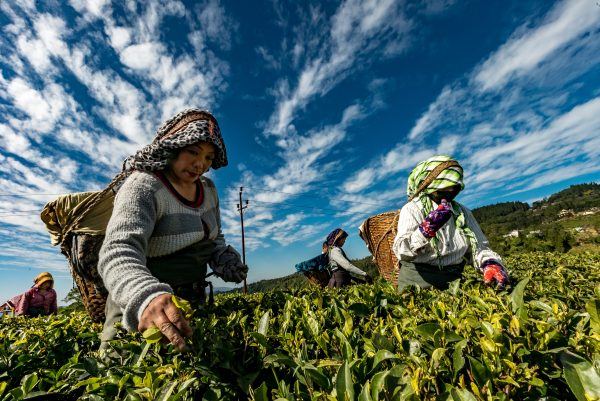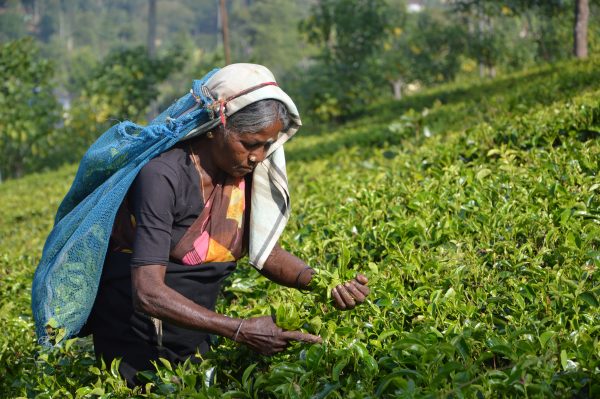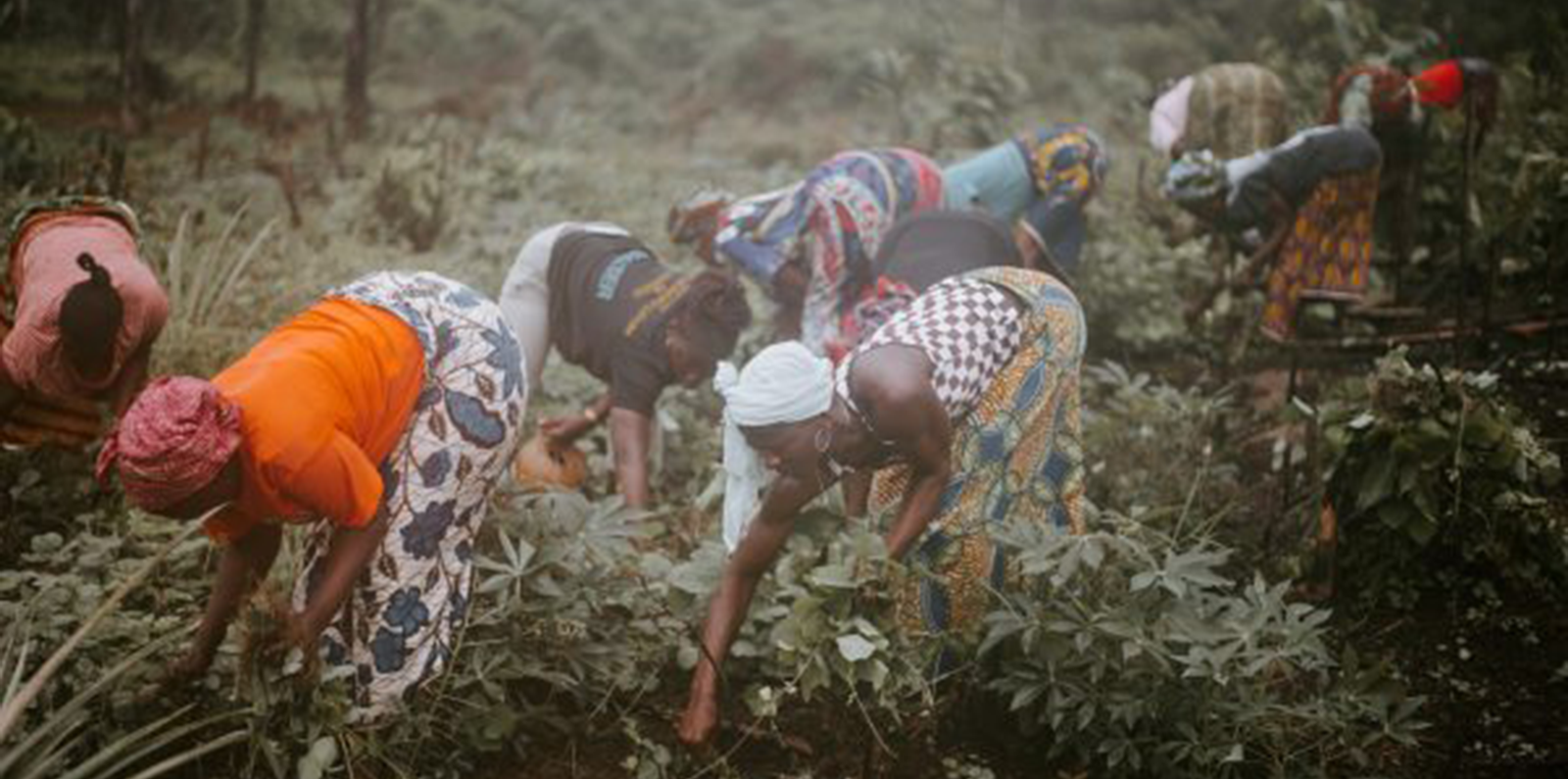Original article published in German and Swedish.
By Ertharin Cousin, Distinguished Fellow at The Chicago Council on Global Affairs and former Executive Director of the World Food Programme.
Right now, Stockholm is the place to be for anyone interested in solving one of the biggest challenges of our time: How do we transform our food system so that it nurtures both human health and our environment? This week, thousands of leaders and innovators are gathering for the annual EAT Food Forum. With ideas as varied as lab-grown meat, climate-smart agriculture and innovative financing, participants will tackle the question of how to transform our food system to accomplish both goals.

These discussions are urgently needed. With the increasing challenge of overweight and obesity in developed countries as well as the continuing scourge of undernutrition in developing countries, the data clearly shows that malnutrition is a global issue. The recent EAT-Lancet Commission Summary Report on Healthy Diets from Sustainable Food Systems provides a visions of a healthy diet that remains within a safe operating space to protect our planet. For many of us in Europe and America this is the same advice we have heard before: more vegetables, fruits, whole grains, legumes and nuts; and less red meat, sugar, and refined grains. It’s fascinating that a diet designed for human health is also optimal for the planet.
Addressing the challenge of malnutrition requires creating a sustainable and accessible food system beyond Europe and North America. With just over a decade left to achieve the Sustainable Development Goals (SDGs), the international community is losing ground on SDG2, zero hunger.
If the SDGs are to be achieved, they require bold and urgent action. But what does that mean? We need innovative solutions that deliver food security and nutrition in an environmentally sustainable manner and to the communities that need it most.

The private sector can be a key partner in developing and scaling these solutions. New approaches are already bringing significant change – digital tools that secure farmers’ financing and connection to markets; agricultural inputs that boost production; food products that enhance nutrition; and technologies for improved storage and supply-chain traceability. Unfortunately, most of these innovation solutions still need to be expanded in the communities most affected by malnutrition and poverty.
To harness the power of private-sector innovation, we cannot overlook one of the largest actors in the food system: farmers. Smallholder farmers produce 80% of food in Sub-Saharan Africa and Asia; in many areas the majority are women. These farmers are often innovators and entrepreneurs who need additional support.
Hardworking farmers like Amina, in Abuja, Nigeria, who sells tomatoes in the local market to feed her family. Without access to cold storage, however, whatever she doesn’t sell each day is thrown away. A local woman entrepreneur, Olayemi, recognized this problem as an opportunity. She developed a small-scale cold storage unit using renewable energy and digital technology. But Olayemi is struggling to attract financing from investors who are wary of high-risk markets and untested entrepreneurs. Olayemi’s problem extends to established companies in the food and agriculture sector as well, particularly in emerging markets where there is not appropriate financing to support the development of high-impact solutions. And so, Amina’s tomatoes continue to spoil in the hot sun.
A growing number of innovative financing mechanisms are emerging to address this need. Over the past decade, the Global Agriculture and Food Security Program (GAFSP) has successfully financed market-based initiatives along the agricultural value chain. As an example, in Bangladesh, Renu Bala went from house to house to form a women’s milk cooperative. GAFSP and its partners worked directly with the cooperative to build knowledge and skills that helped them secure business loans at low interest rates, leading to significant improvements in yield and food safety. The cooperative began selling the higher-quality milk at premium prices to local shops and processing companies, leading to better incomes and contributing to major social changes.

Other organizations are developing innovative financing tools as well. The Global Alliance for Improved Nutrition (GAIN) is exploring financing for enterprises that are delivering improved nutrition in countries heavily affected by malnutrition. The International Fund for Agricultural Development (IFAD) recently launched the Agri-Business Capital (ABC) Fund focused on small and medium enterprises that strengthen productivity and prosperity in rural areas. An increasing number of private-sector investors are turning their attention toward the agrifood sector: Rise, Root Capital, and Village Capital all finance agricultural enterprises that are delivering positive social impact.
Achieving universal access to nutritious food requires scaling up and crowding in more capital which means seeing the poor as more than a government problem or a philanthropic opportunity but a potentially lucrative market opportunity. What we need is a sense of urgency.
If we want to transform the food system, we must combine financial solutions with effective government policy and investments; ongoing scientific innovation and research; and strong community-based action. Collaboration is needed among all stakeholders – government, private sector, international organizations and donors, research and academia, farmers, and consumers associations – to implement action at scale.
I believe that innovators like Amina and Renu Bala are the key to making sure everyone can get enough nutritious food within planetary boundaries. At the EAT Forum this week, where many of the stakeholders are gathered, we must move beyond theoretical discussions about transforming the food system and focus on how to improve it in very practical terms with investment, policy, and partnership.
